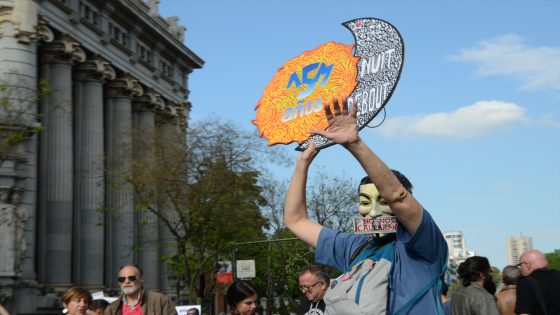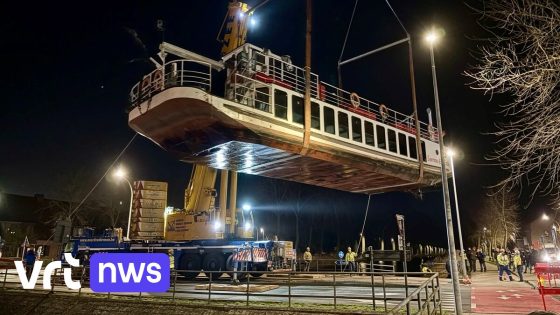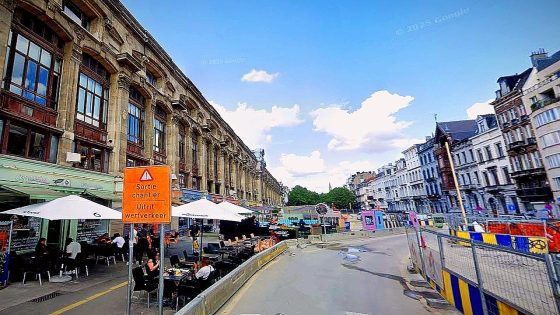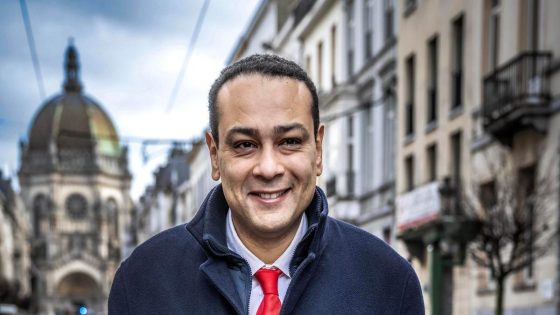The case of Luis in Sevilla highlights the ongoing police infiltration in social movements, a practice that dates back to the Franco regime. This story, which surfaced on February 9, 2025, raises questions about trust and transparency in political activism. How far will authorities go to monitor dissenting voices?
- Police infiltration in social movements persists.
- Luis, the infiltrator, joined 15-M in Sevilla.
- His backstory raised suspicions among activists.
- Luis's true identity was eventually uncovered.
- The bicycle became a symbol of resistance.
- Proceeds from the bike raffle supported detainees.
Understanding Police Infiltration in Social Movements in Spain
What does it mean for activists when police infiltrate their ranks? The case of Luis, who posed as a committed member of the 15-M movement in Sevilla, illustrates the complexities and dangers of such tactics. His infiltration not only undermined trust but also raised ethical questions about surveillance in democratic societies.
Key Implications of Luis’s Story for Activism in Spain and Beyond
Luis’s case serves as a cautionary tale for activists everywhere. Here are some implications to consider:
- Increased mistrust among activists can hinder collective action.
- Police infiltration may lead to a chilling effect on free speech.
- Transparency and accountability in law enforcement are essential for democracy.
- Activists must be vigilant about potential infiltrators within their ranks.
Lessons Learned from Luis’s Experience in the 15-M Movement
Luis’s infiltration into the 15-M movement reveals critical lessons for activists. First, the need for strong community bonds is paramount. Trust is essential; once broken, it can take years to rebuild. Moreover, activists should be aware of the signs of infiltration, such as inconsistent stories or unusual behavior.
The Broader Context of Surveillance in Democratic Societies
Surveillance tactics are not unique to Spain. In many democracies, including the U.S., law enforcement agencies monitor social movements. This raises questions about the balance between security and civil liberties. Activists must advocate for transparency and challenge unjust practices.
Building Resilience Against Infiltration
To safeguard their movements, activists can adopt several strategies:
- Conduct regular training on identifying potential infiltrators.
- Foster open communication to build trust within groups.
- Develop clear protocols for handling suspicious behavior.
- Engage with legal experts to understand rights and protections.
In conclusion, the story of Luis serves as a reminder of the ongoing battle between authority and activism. By learning from these experiences, activists can strengthen their movements and protect their rights.

































